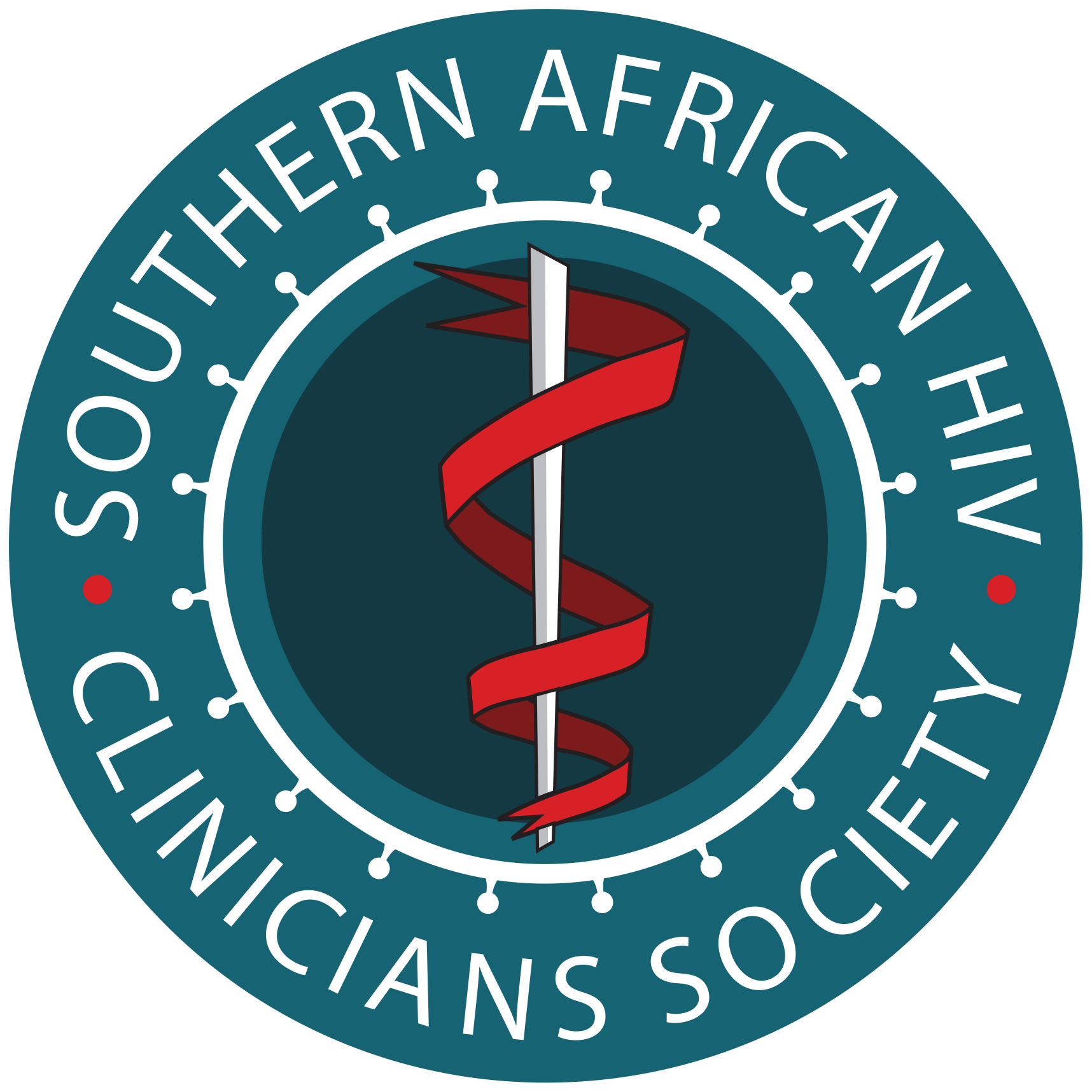ART Guidelines
References

 Key points
Key points - Each patient commencing ART needs to be prepared for taking lifelong ART.
- Barriers to adherence (e.g. depression, alcohol use, non-disclosure or food security) and any misconceptions about HIV and ART must be identified.
- Patients must be educated about the importance of viral load suppression.
- Longer term adherence and avoiding treatment fatigue can be encouraged through patient-centred care, multi-month dispensing and counselling about Undetectable = Untransmittable (U=U).
Preparing patients for lifelong ART with good adherence is a critical component of achieving long-term efficacy, preventing treatment resistance and reducing transmission. Previously two or three counselling visits, staggered close together, were required before ART could be initiated. However, it is now considered acceptable to perform some of the counselling during early ART rather than delaying same-day initiation (as described in module 6). Counselling about U=U is an important part of adherence counselling and should be emphasised.
Delays in commencing ART should be avoided. In addition, to aid prompt ART initiation, there is a move towards Provider-Initiated Counselling and Testing (PICT) rather than the patient needing to wait for a counselling appointment. During PICT, the provider doing the HIV test also provides the necessary counselling prior to testing.

Common pitfalls:
- Delaying ART because the patient has not completed 2-3 counselling visits or not disclosed their HIV status. Patients can be initiated on ART on the same day as diagnosis or soon thereafter, with additional counselling performed during early ART.

Support and counselling
 Key points
Key points - Success of ART hinges on how well the tablets are taken; at least 90%, preferably more, of treatment doses need to be taken.
- Support should be provided to ensure high levels of treatment adherence.
- None of the commonly used first- and second-line ART regimens have meaningful food restrictions.
- Delayed dosing is rarely a problem; even if out by many hours, most of the drugs have long half-lives, and patients should be encouraged and supported to take their dose once they remember to do so in these instances.
- Disclosure is not a prerequisite for ART.
- Heavy alcohol use may affect adherence and may potentiate ART hepatotoxicity and other hepatic pathology; however, responsible alcohol use is not prohibited in patients established on or starting ART.
- A non-judgmental approach which is supportive and patient-centred is essential to address chronic adherence issues.
During counselling, patients should be provided with the following information:
- The benefits of ART
- That ART is life-long therapy
- The importance of good adherence
- Side-effects relevant to their ART regimen, including what to do and who to contact if serious side-effects occur
- The importance of viral load monitoring on ART and viral load suppression
- A roadmap of follow-up visits and what to expect at each visit
- The benefits of treatment as prevention to reduce transmission (e.g. VTP and U=U)
The patient should be informed about the benefits of ART and that side-effects are usually minor and transient, or manageable. The patient should be given a treatment plan, specifying the drugs to be used (with names and details including the appearance of each drug, when and how they are to be taken, and a brief indication of anticipated side-effects and toxicity).
Counselling should also ensure the patient has a good understanding of HIV (the virus, the potential clinical complications and transmission), and should cover safer-sex practices and address issues related to reproductive health (i.e. family planning, contraception, condom use and pregnancy). Clinicians should check family-planning choices at followup visits and ensure adequate access to safe and effective contraception. It is important to discuss U=U and ensure that the patient understands the concept and that ART will only prevent onward transmission if there is optimal adherence with VL suppression.
Common mental disorders and substance use should be screened for actively and managed promptly (see module 22). A personal treatment plan should be formulated for each patient, specifying medication storage, strategies for missed doses and how to integrate taking medication into their daily routine. The patient must be made aware and be reminded of their follow-up visits and the importance of these. Disclosure of HIV status (to a partner, trusted friend and family/household members) should strongly be encouraged as it is an important determinant of treatment adherence and assists in the provision of patient-directed support. Disclosure may also identify opportunities for HIV screening and support. Ensure sensitivity in situations where disclosure may have harmful consequences, particularly for women (e.g. intimate partner violence). However, when disclosure is not possible, insisting on it may cause the patient to disengage. In this case, the patient should be encouraged to join a support group and/or identify a treatment ‘buddy’. Clinicians should ensure that they have the correct contact details of their patient as well as the contact details of a person who has been disclosed to/their treatment buddy.
Neither disclosure nor support group participation are prerequisites for good adherence, and they should not be a reason for deferring ART.
The causes of poor adherence are often complex and linked to social issues. Common causes are outlined in Table 28.
| TABLE 28 Possible reasons for poor adherence. | ||
| Individual | Provider | Medication |
|---|---|---|
|
|
|

- Not informing patients of the benefits of ART. This includes not only reduced mortality and morbidity, but also prevention of HIV transmission.
- Not informing patients that side-effects are usually minor and transient, or manageable.
- Not advising patients on how to deal with delayed dosing.
- Not providing patients with a treatment plan specifying the drugs to be used.
- Not considering ongoing costs of monitoring and treatment in patients in private/cash paying patients. This includes those with annual medical aid benefits that may run out. These patients should be effectively and timeously transferred to a public facility to avoid possible treatment interruption.
